PPT-1 Russia 4-9 2015 Stanley A. Plotkin
Author : Mindbender | Published Date : 2022-08-03
5132015 1232 PM Vaccine Hesitancy 2 Diphtheria Measles Tetanus Mumps Pertussis Rubella Polio Varicella Hepatitis B Pneumococcus Hemophilus influenzae Human Papillomavirus
Presentation Embed Code
Download Presentation
Download Presentation The PPT/PDF document "1 Russia 4-9 2015 Stanley A. Plotkin" is the property of its rightful owner. Permission is granted to download and print the materials on this website for personal, non-commercial use only, and to display it on your personal computer provided you do not modify the materials and that you retain all copyright notices contained in the materials. By downloading content from our website, you accept the terms of this agreement.
1 Russia 4-9 2015 Stanley A. Plotkin: Transcript
Download Rules Of Document
"1 Russia 4-9 2015 Stanley A. Plotkin"The content belongs to its owner. You may download and print it for personal use, without modification, and keep all copyright notices. By downloading, you agree to these terms.
Related Documents

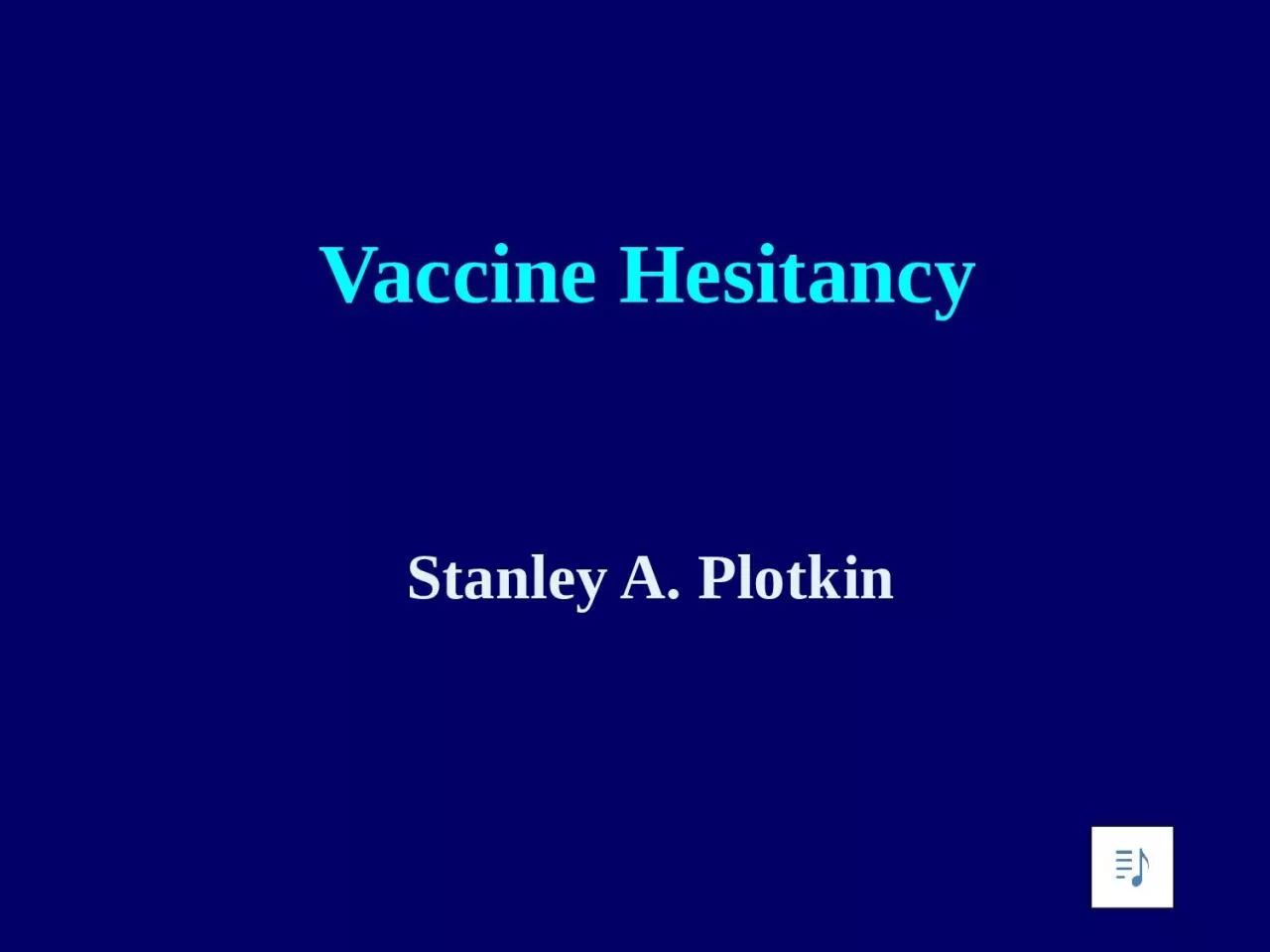

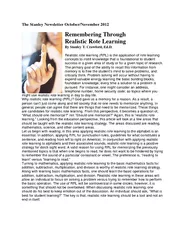


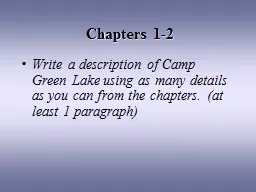


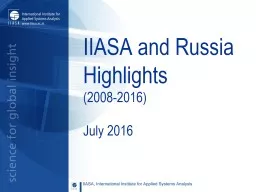
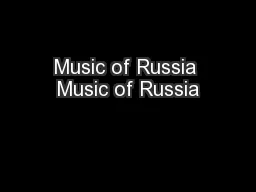



![(EBOOK)-Adobe Photoshop Lightroom 2 (09) by Huss, David - Plotkin, David [Paperback (2008)]](https://thumbs.docslides.com/986293/ebook-adobe-photoshop-lightroom-2-09-by-huss-david-plotkin-david-paperback-2008.jpg)